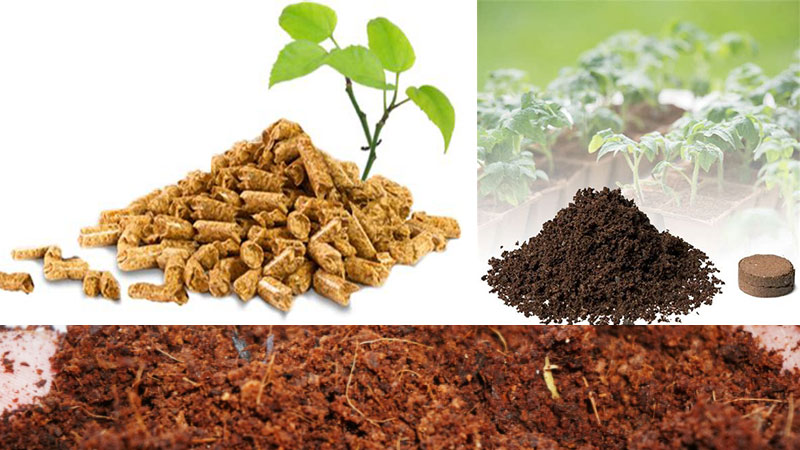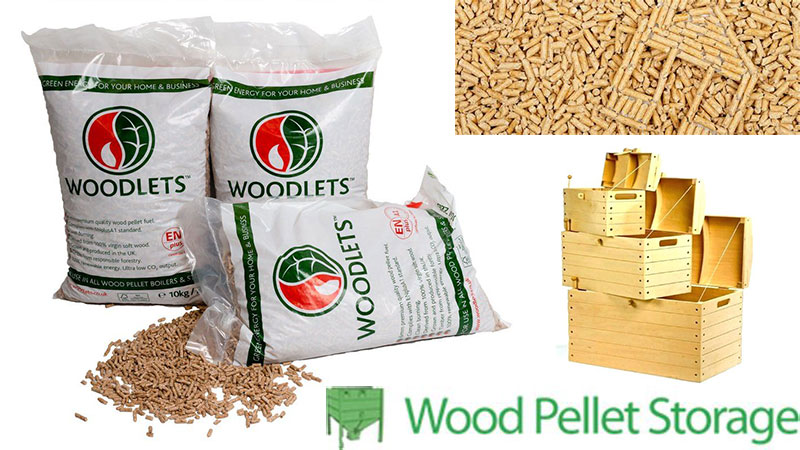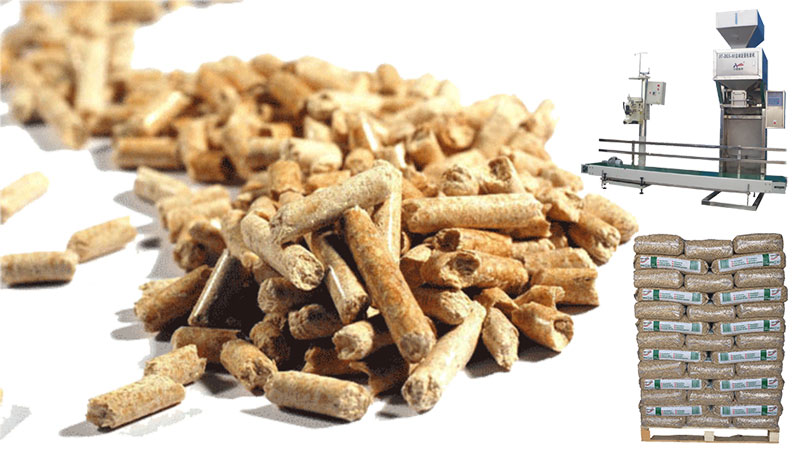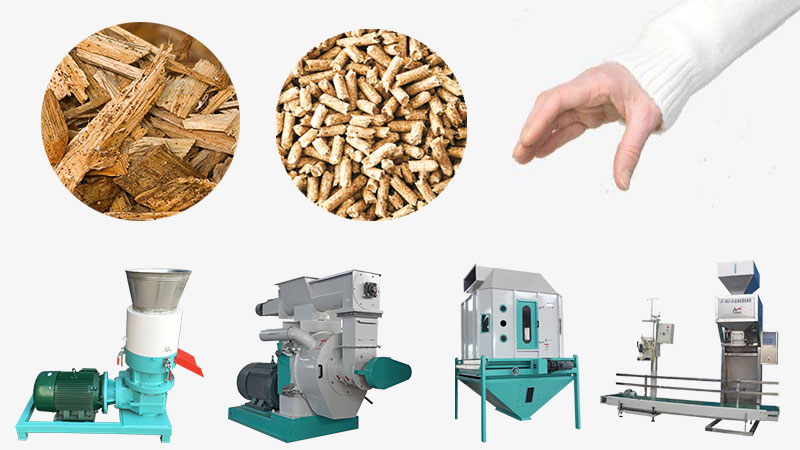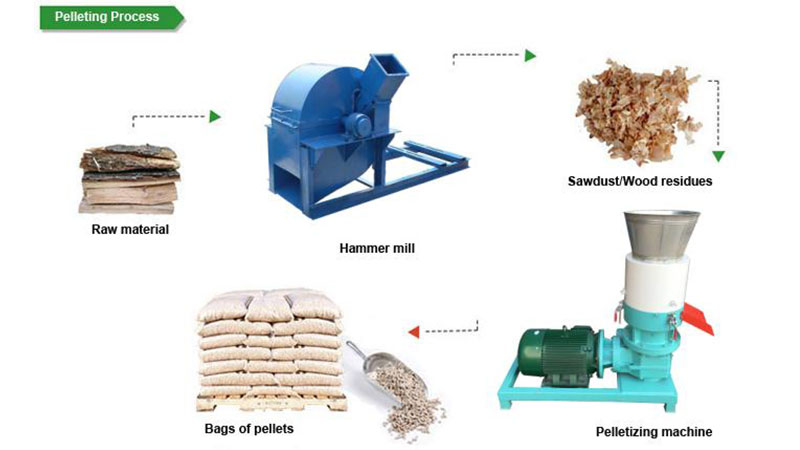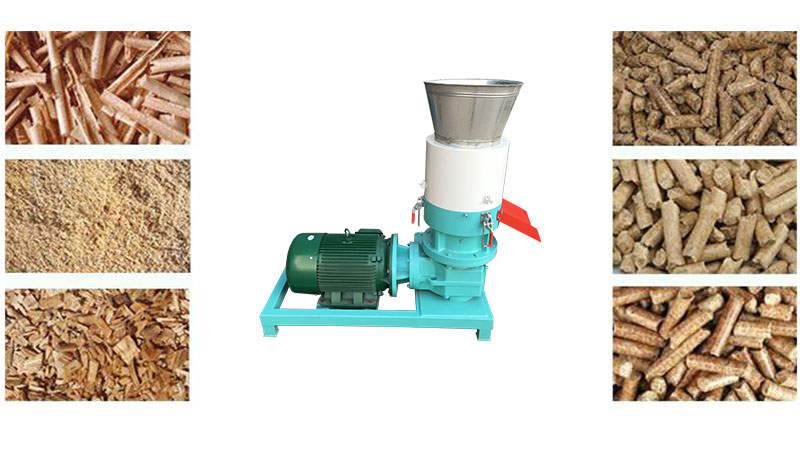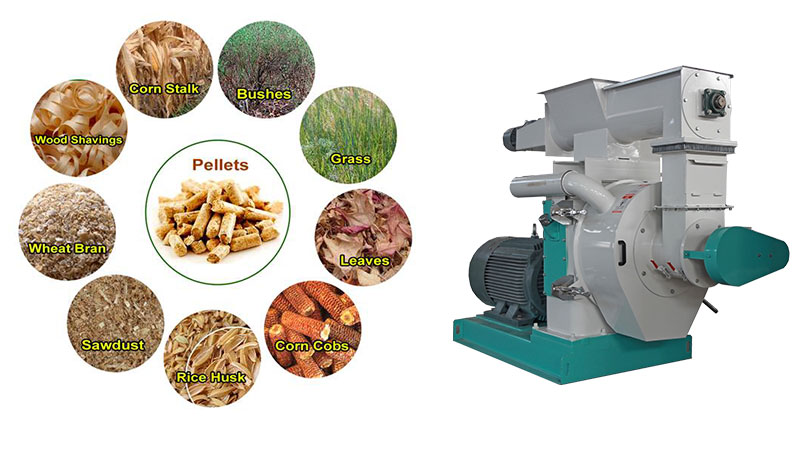Abstract: Using Cocopeat pellet helps saves precious water resources and decreases the use of chemical nutrients. It is an excellent replacement for Rockwool for Hydroponic Growers, with no harmful environmental disposal problems.
Ⅰ. What is Coco Peat
Cocopeat also known as “coir pith” or “coir dust” is a natural, and renewable resource produced from coconut husks. Cocopeat is a multi-purpose soil conditioner and growing medium. It is consistent and uniform in texture. It is a completely homogenous material composed of millions of capillary micro-sponges, that absorb and hold up to night times it’s own weight in water. The natural pH of 5.8 to 6.4, plus an unusually high Cation Exchange Capacity – and 27% of Easily Available Water assures that coir will hold and release nutrients in solution over extended periods without rewatering.
Ⅱ. Increasing the Added Value of Coco Peat Waste Into Solid Fuel -Bio pellet
Globally, interest in using biomass for energy is increasing because of some benefits e.g. reduction of dependency on imported oil, employment creation where biomass fuels create up more employment than coal and oil, environmental benefits which relate to mitigation of greenhouse gas emissions, reduction of acid rain, and soil improvement.
One of the potential biomass that could be used as energy feedstock is coco peat. Coco peat is a biomass which is a by product of the processing of coconut fiber which has not fully utilized. The utilization of coco peat is still limited for media of plant growing, therefore mostly coco peat is disposed as a solid waste. Actually coco peat could be used as a raw material for renewable energy sources. The main problems in the use biomass like coco peat as a fuel materials are low density, high moisture content, low heating value per unit volume, non-uniform particle sizes, and susceptible to spoilage.
The analysis of coco peat shows that it has 22.05 % fixed carbon, 6.14 % ash, 71.80 % volatile matter, 14-20 % moisture, and 1.14 % silica. To maximize the utilization of coconut, some efforts should be conducted in developing coconut processing industries involving by-products and utilizing coco peat for heat generation.
Ⅲ. Pellet Processing
To make pellet as solid fuel, coco peat should have important characteristics namely high density pellets, low moisture content, uniform size, high energy content, easy to store and transport to long distance. Coco peat as feed stock can be processed into pellet shape and when they are burned using gasifiers, it will produce synthetic gas that can be used as energy or heat source for cooking in households and drying for agricultural products.
Pelleting of coco peat is a densification process which improves its characteristics as a fuel, enhances its volumetric calorific value, reduce transport and storage costs, make less moisture content, and improves its handling characteristics, such as higher density, friability and combustion efficiency (controllable feeding, more uniform and homogeneity fuel). Biomass pelletizing is a process of reducing the bulk volume of the material by mechanical means for easy handling, transportation and storage.
Adding Adhesive
Biomass of plants in general have a high lignin content so because of the high lignin content will be helpful as the adhesive substance when used as pellet. Since lignin content of coco peat is relatively low, there should be added an adhesive such as starch when processed into coco peat pellets.
Pelletizing
Coco peat is first screened and formulated with other materials such as starch and waste cooking oil. These materials are mixed and pelletized using pelletizer to form coco peat pellet. Mostly biomass from plants is lignocellulosic biomass in its original form usually save a low bulk density of 30kg/m3 and a moisture content ranging from 10% to 70%
Coco Peat Pellets Specifications&Packing
Specification
Pellet Size- Æ 42mm x 6mm ±2mmPellet weight – 6 g
Pellet Volume compression ratio- 5:1
Packing
Packing of 25 pellets in one Pack
Packing of 1000 pellets in one carton box
Also as required by customers
Usage
Pellets can be used for :
1. Used as feed pellets for animal
2. Used as organic fertilizer pellets
3. Used as fuel pellets
Combustion
It was burned on an updraft gasifier to produce syngas and then flowed using pipe through the stove. Syngas come from stove was split, burnt and the heat generated was used for boiling water and for drying. Gasification can be explained as a staged combustion process and this can be done by burning coco peat pellet at a limited supply of oxygen. The gas which is produced from combustion still has potential to be burned. The objective of gasification is to break complex molecule bonds into simple gases i.e. hydrogen gas (H2) and carbon monoxide (CO). H2 gas as a main component of a syngas has very clean burning characteristics.
Air quality around the stove (emission test) are measured and analyzed when gasification took place. The best results of coco peat pellet was made from 85 % of coco peat waste, 5 % starch (binder), and 10 % of waste cooking oil. Air quality surrounding the stove was tested during gasification process and it was done based on the Indonesian Environmental Regulation issued by Indonesian Ministry of Environmental regarding standard air quality from static matter) and cover NH3, Cl2, HCl, HF, NO2, particle, SO2 and H2S parameters. The measurements result indicated that all parameters meet the quality standards) include for CO and CO2 parameter which shows results 0,0001 mg/kg.
Ⅳ. Advantages of pellets
1. High burning rate.
2. Easy to be transported.
3. Regular geometry and small size allow automatic feeding with very fine calibration. They can be fed to a burner by auger feeding or by pneumatic conveying.
4. Their high density also permits compact storage and rational transport over long distance. They can be conveniently blown from a tanker to a storage bunker or silo on a customer’s premises.
